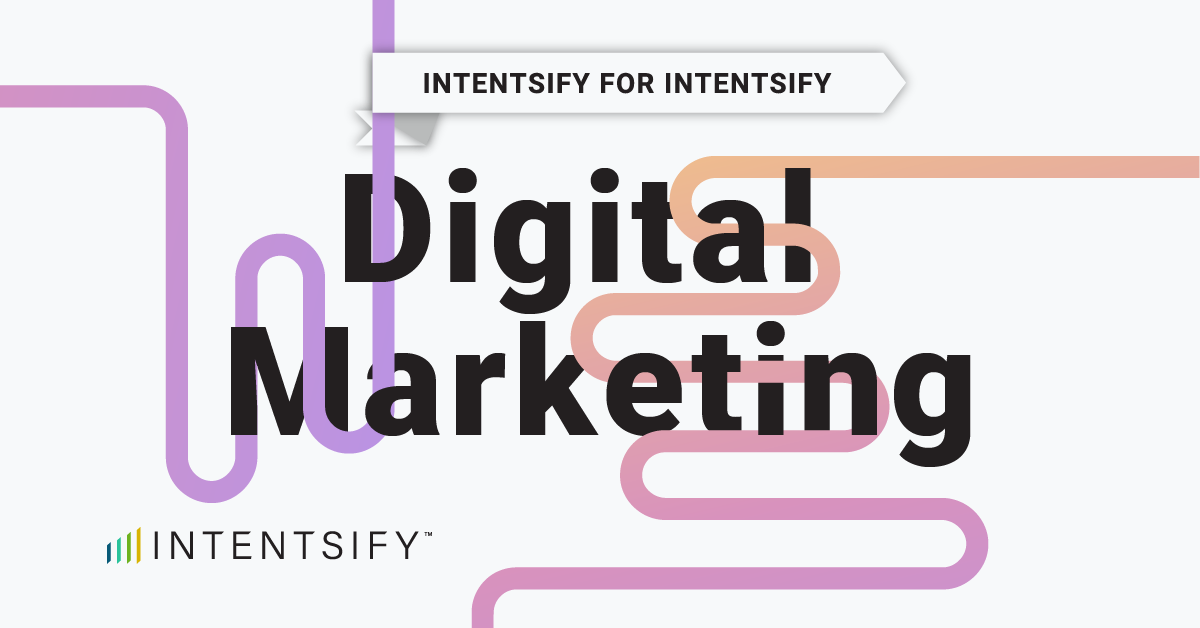If there is anything I have learned over these past years is that most targeted-account lists (TALs) don’t necessarily pass scientific muster. Meaning: this is a list of companies we would love to do business with, as opposed to, companies that are actually in market NOW.
That is where intent-account “look-alikes” come in.
One of the most underrated uses for intent data is how it can identify many more sales-ready accounts that do not exist on your TAL. This doesn’t mean you should abandon your current target accounts. Directionally, they serve an important purpose—they make you think hard about account fit and ideally what you should be pursuing.
But, who wouldn’t want to extend their focused total addressable market (TAM) by 20–30% with accounts that fit the bill (i.e., have many of the same characteristics of companies in your TAL), but were not originally in the mix?
Behavioral TAL
While your primary goal is to prioritize your TAL by using intent-data scoring, you could also be widening your marketplace with a behavioral TAL, that is, a second list of accounts that:
- Meet your original criteria for type of account based on: revenue, employee size, industry, etc; and
- Are behaving in ways that demonstrate a buying journey is in process.
What you may find is that many of these accounts that weren’t originally on your radar, may come front and center based on a number of criteria:
- They are high scoring and have a large number of intent signals across people and places;
- Have come to your site in the last six months;
- Are engaged in high-value 3rd-party content, such as reviews and comparisons of competitive products;
- Are in your CRM system but are inactive; or
- May have previously participated in one of your 1st- or 3rd-party marketing campaigns.
Establishing a Process
One simple way to test this thesis is to create an A/B test between your original TAL and the behavioral TAL. It won’t necessarily be an apples-to-apples comparison, since you may have already started activities against your original TAL before deciding to test the value of a behavioral TAL. However, you should consider:
- Dropping the behavioral TAL into a duplicate cadence that includes ALL the tactics you are employing with your TAL;
- Start your test with programmatic advertising only—to see if you can establish any engagement from that account; and/or
- Build on that singular tactic and begin to drop the relevant persona from the behavioral TAL into your 1st-party nurturing campaigns, content syndication programs, etc.
After a month or so, you’ll want to see a lift in both awareness and engagement:
- Awareness: you are able to target individuals from these secondary accounts at a number similar to your original TAL.
- Engagement: contacts either already in your CRM and marketing databases or content syndication leads or contacts added from compliant opt-in databases are engaging by opening and clicking through, filling out forms, coming to your site, etc.
They are engaging because they are truly in-market and seeking as much information as they can.
Meanwhile, your original TAL will continue to be re-prioritized as those accounts make themselves known through the behavioral patterns exhibited by any and all accounts that are in the market and looking for help. This move to create a second TAL can and should increase your sales funnel significantly over time.






